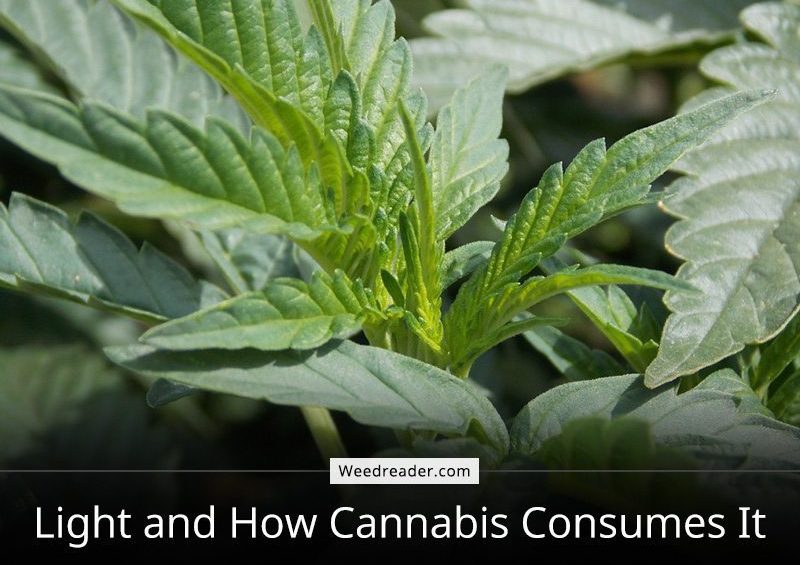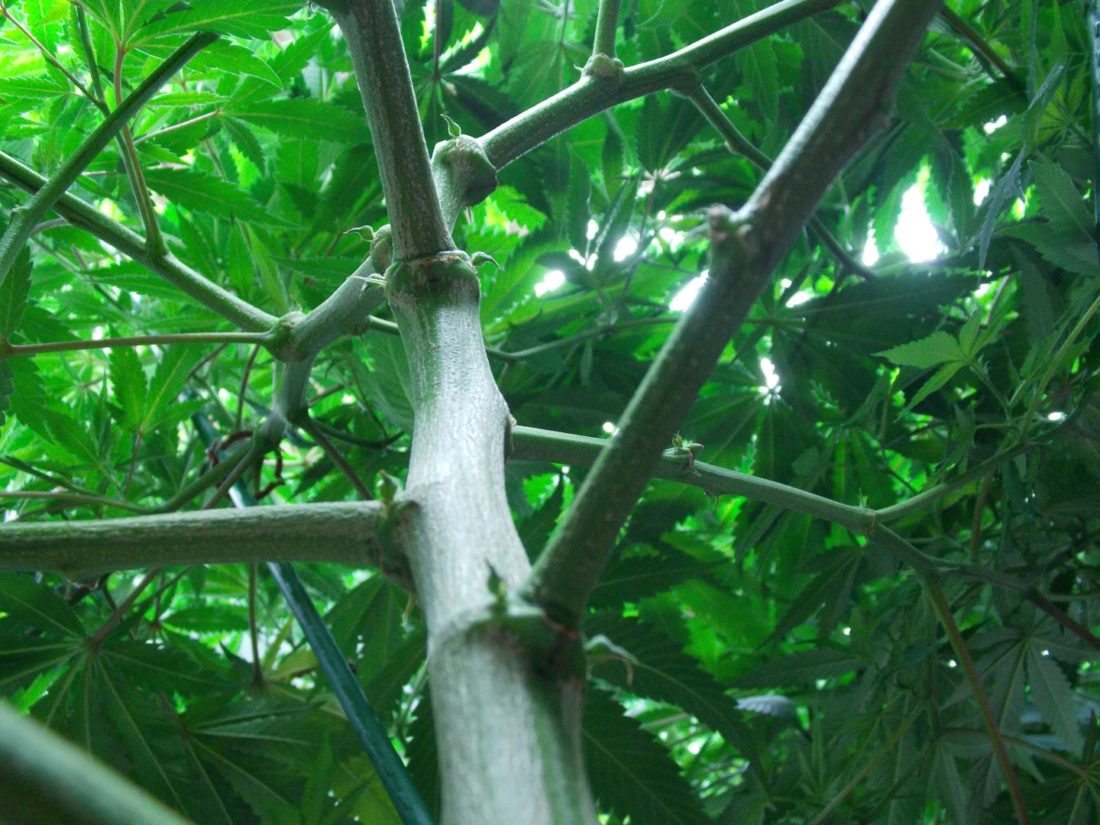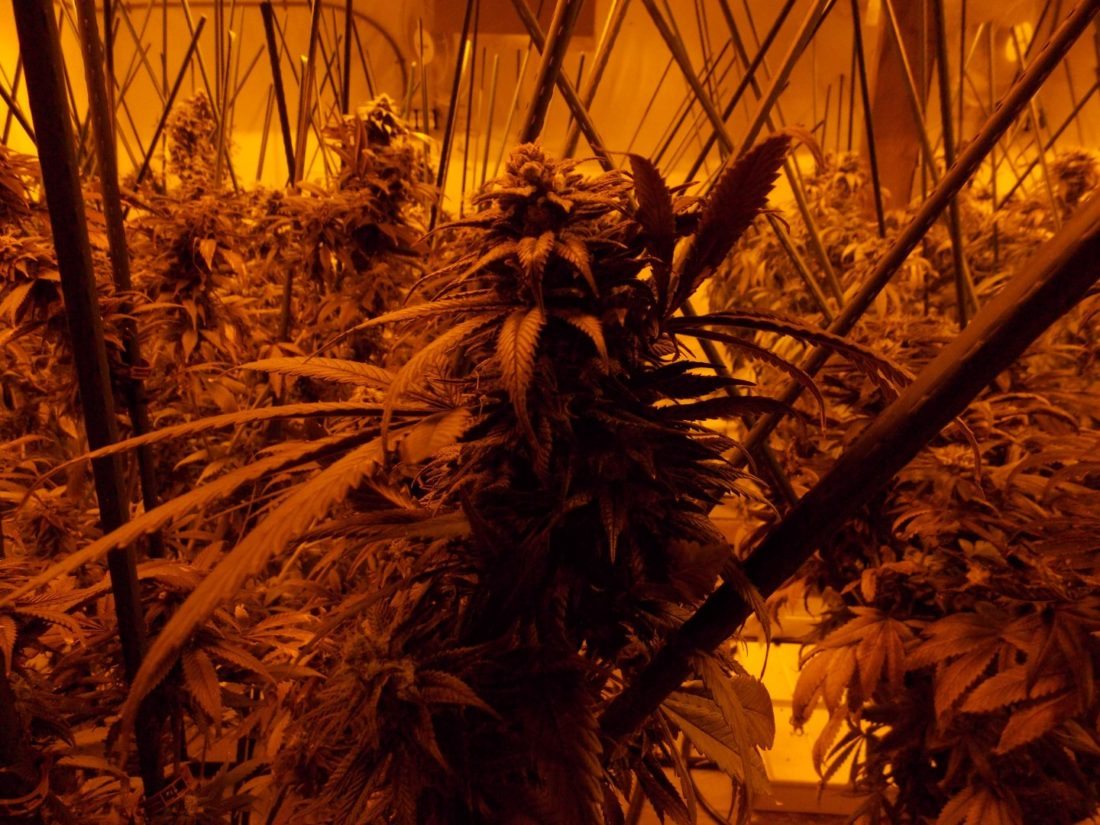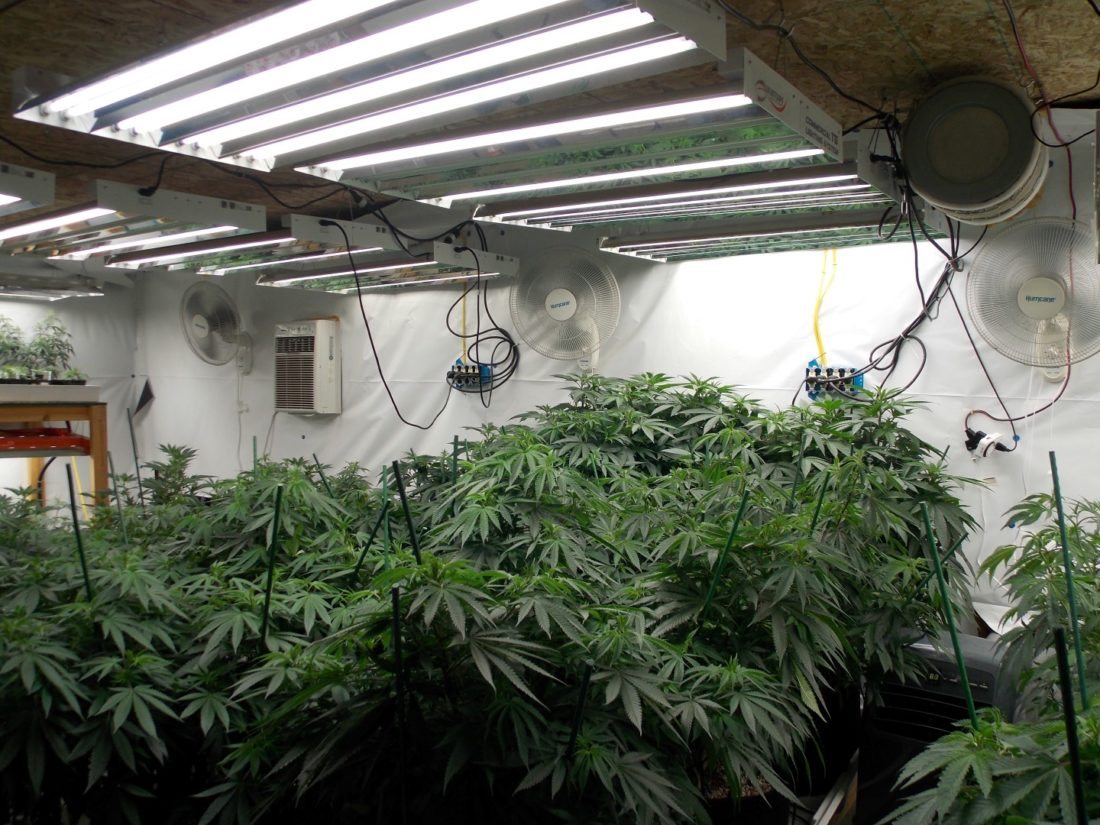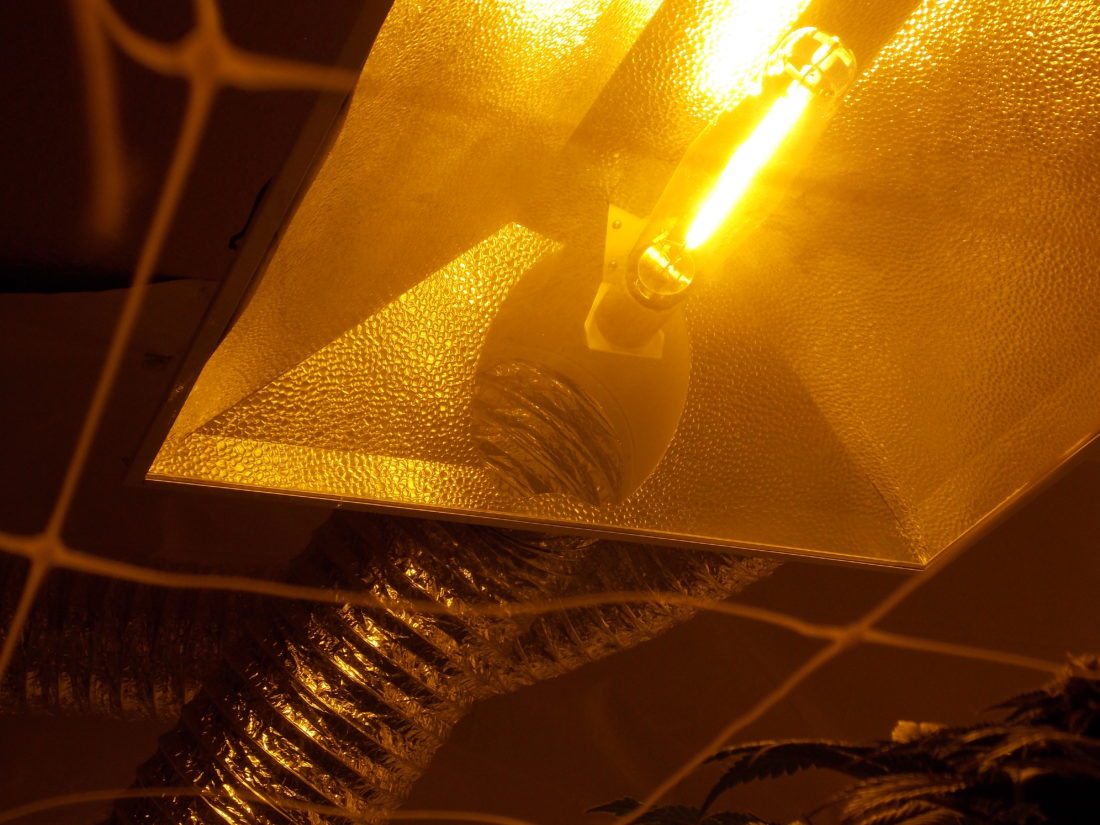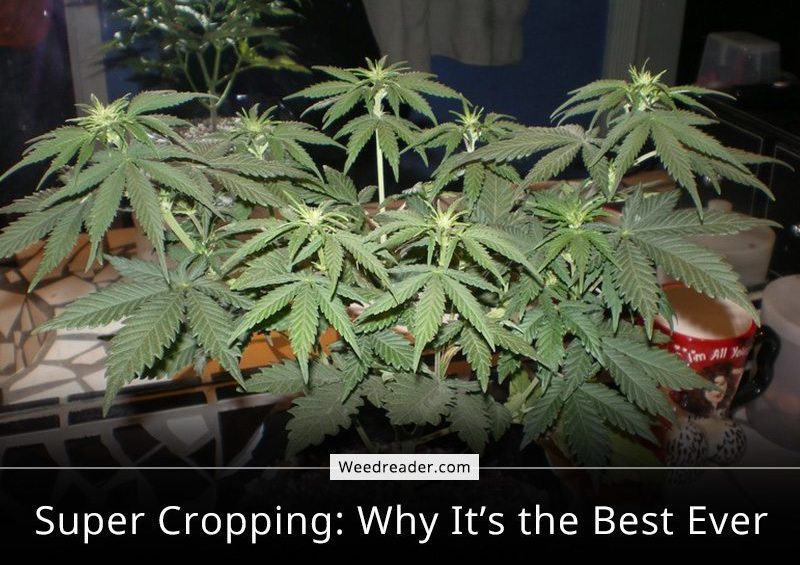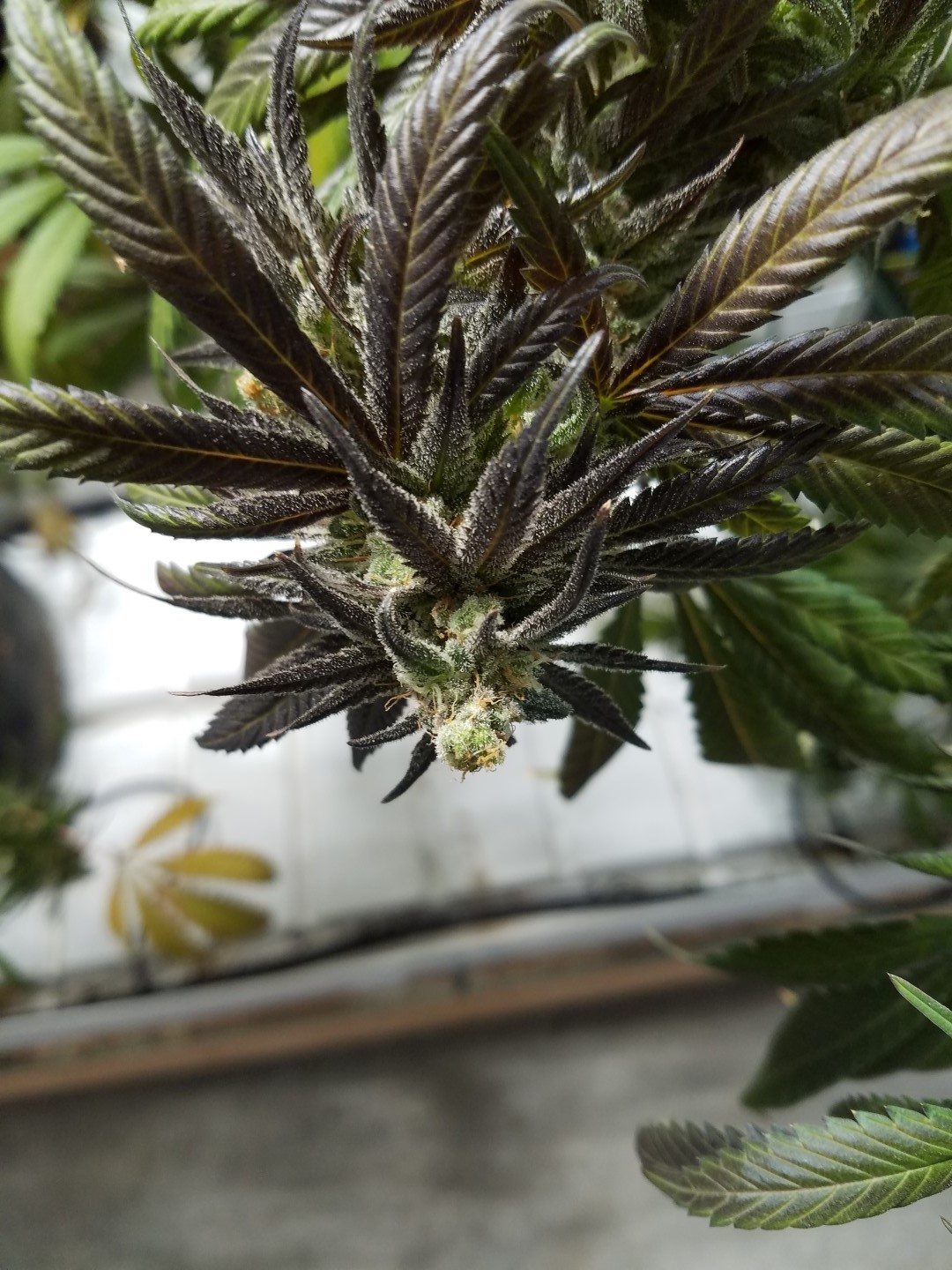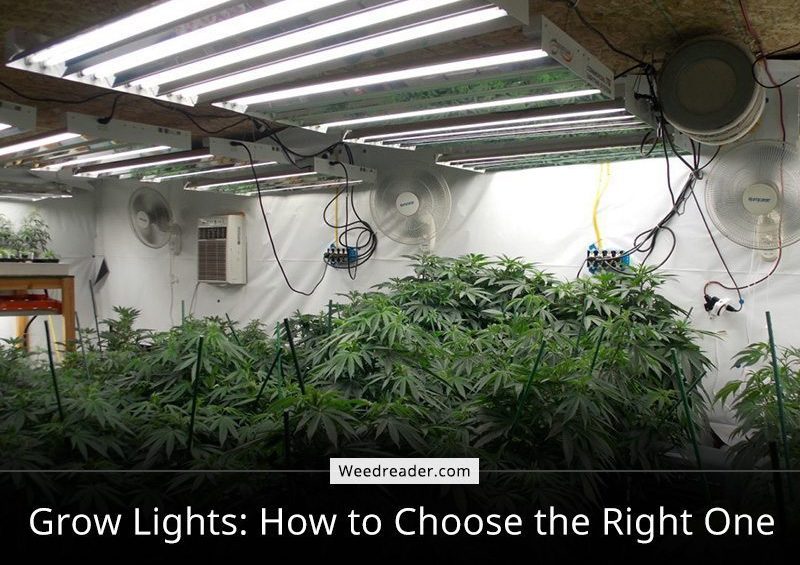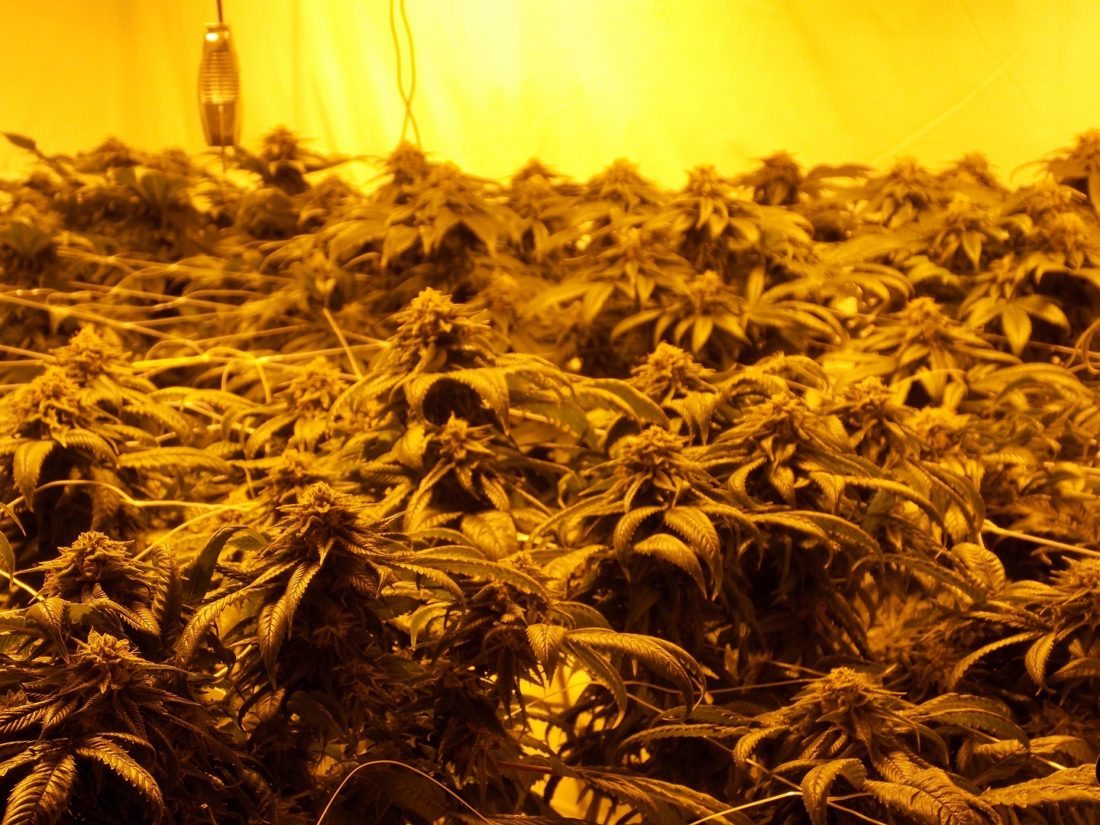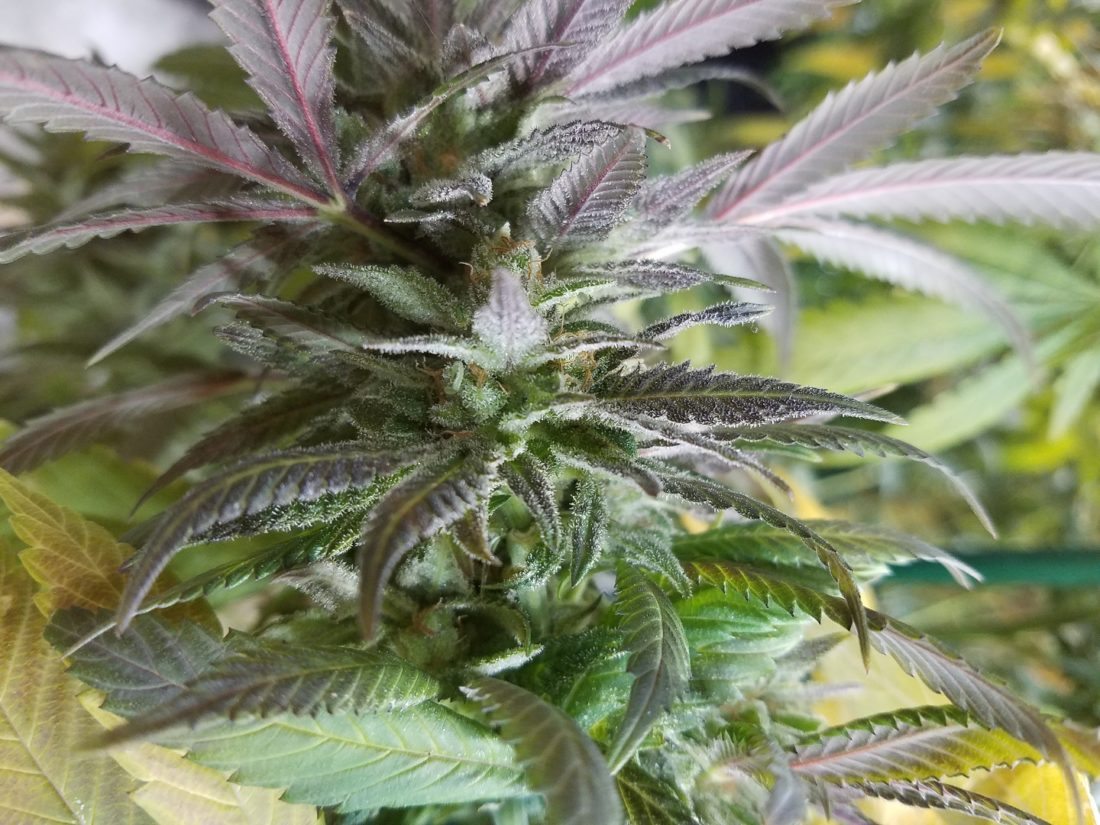Colorado State and Federal data shows a rise in the number of drivers involved in fatal crashes who tested positive for marijuana.The overall number has doubled since marijuana legalization in 2013. The Denver Post recently launched an in-depth investigation into this issue. They are (among other things) reading coroner’s reports to determine if Colorado’s roads have become unsafe since legalization. In Front Range counties, more drivers involved in fatal car accidents are testing positive for marijuana than before 2013.
Part of what people fear is negligent drivers behind the wheel. In 2016, nearly a dozen drivers tested positive for THC with almost five times the legal amount in their systems. In 2016, a report from the National Highway Traffic Safety Administration’s (NHTSA) Fatality Analysis Reporting System showed some surprising information about drivers.
It’s just plain difficult to accurately test cannabis intoxication.
Drivers who survived car crashes were regularly drug tested within a few hours of the incident. This type of information is trying to show how recently drivers consumed cannabis.The problem they run into is that cannabis metabolizes slowly.
Although the high wears off after a few hours, THC remains in a persons system for up to 30 days. Especially heavy or sedentary people may find that THC remains in their system for significantly longer than that. A person could have been high days before but still test positive after an accident. This makes it look like they were high while driving when in fact, they weren’t.
According to the Denver Post, “positive test results reflected in the NHTSA data do not indicate whether a driver was high at the time of the crash since traces of marijuana use from weeks earlier also can appear as a positive result”. Nevertheless, there is a clear trend of car accidents with marijuana in the driver’s system. This trend is causing great concern with city officials and residents. Without an in-depth investigation into the specifics, everyone is left wondering if legalization is to blame.
There are studies on drivers, accidents and cannabis.
Other studies show that in 2013, 10% of drivers who were involved in fatal car accidents tested positive for marijuana. By 2016, that figure rose to 20%. Also, more drivers are testing positive for cannabis and nothing else. Slightly more than 52% of drivers had no alcohol in their system in 2013 and by 2016 that figure rose to 69%.
Of the 115 drivers involved in fatal accidents in 2016 alone, 71% had THC in their systems. Of those approximately 81 people, 63% had over 5 nanograms of THC (the legal limit) floating around in their veins. The average age of drivers in fatal accidents was between 35 and 40 years of age.
Taylor West is the former deputy director of the National Cannabis Industry Association. According to Taylor, “Unlike alcohol, THC can remain detectable in the blood stream for days or weeks. When any impairment wears off in a matter of hours. So, these numbers really tell us is that, since legal adult-use sales began, a larger number of people are consuming cannabis. And then at some point… (are) driving a car.”
Survivors and victims need something to fight.
Ed Wood of DUID (Driving Under the Influence of Drugs) Victim Voices, started this organization after his son’s death. He believes his son’s death was the direct result of a drugged driver. Ed feels like the system only cares about tax revenue from marijuana and not the people he feels it affects. Instead of simply complain about a system he disagrees with, he activated and found other like-minded people.
Ed Wood and other families who have lost loved ones in a fatal car accidents are compelled to seek closure. If someone can say that the driver was intoxicated, it becomes a rallying cry to purge society of that substance. Mothers Against Drink Driving (MADD), Mothers Against Prescription Drug Abuse (MAPDA) and more are reactions to the very real issue of unsafe roads. But they lead into the next issue.
The system is set up against cannabis users.
People often claim that it is too early to tell whether marijuana is the true culprit for the rising number of fatalities. And that additional data is required before any real conclusions can be done.But that is where things get sticky. You see, it’s incredibly difficult to research marijuana.
Only two universities nationwide are allowed, by the government, to conduct research on how marijuana affects the human body. But they have to get permission from the Department of Justice (DOJ) before they can start any studies. The DOJ has made it clear that they have no intention of permitting marijuana research as long as Jeff Sessions remains Attorney General.
This means that law enforcement is left with no solid way to prove that drivers are dangerous when under the influence of THC. The executive director of the Colorado-based Marijuana Industry Group (Kelly) says, “There needs to be better understanding about what constitutes impairment”. And cannabis users should want a reliable way to test for impairment.
Washington and Colorado are undergoing similar driver trends.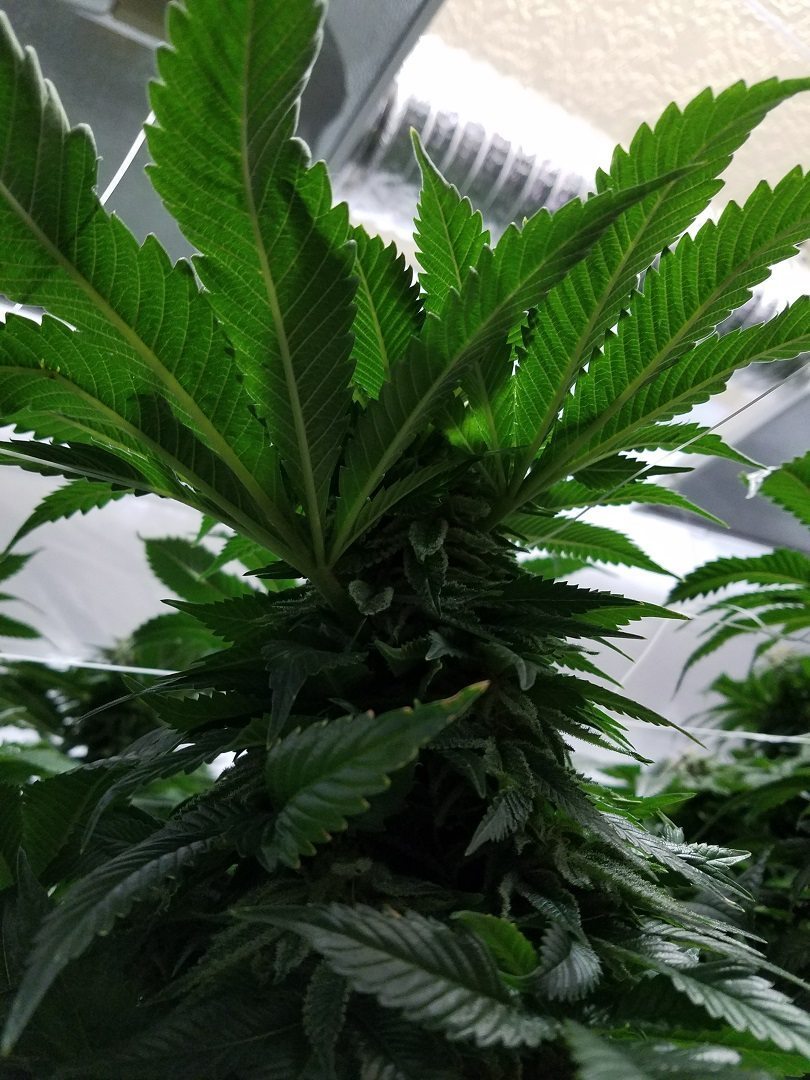
Since Washington’s legalization, the rise of fatal car accidents involving cannabis has risen. But the problem still remains, that there is no definitive method of testing drivers for recent use of cannabis. Yes, drivers are found with cannabis in their system, but the tests don’t show is if they were impaired while they were driving. This means that dangerous drivers hide behind innocuous drivers and cause unnecessary complications and loss of life.
Washington States policy for DUI is that they test for alcohol first. Once a driver is found with alcohol that is over the limit, they don’t bother testing for marijuana. According to Washington police, they don’t have the time and resources to do a thorough check of alcohol and marijuana. According to Denver’s coroner’s report, people are f
ound with higher levels of THC on average than before. Their toxicology tests are showing THC levels as high as 24 ng/ml; with one result showing 68 ng/ml.
Police Chief Jackson says that potency is the issue here.
That the weed of today is not the same weed that was consumed during our grandfather’s time. The levels of acute overdose is what he believes is causing the number of accidents to increase.Although there is no peer-reviewed scientific evidence supporting his claim.
Coroners disagree on whether the presence of THC should be listed on a death certificate. This is because of how people interpret as impairment. Jill Romann, Douglas County’s coroner says, “There are others across the state who feel the same way and won’t use the word intoxication with it. Despite the fact we are all coroners, everyone does as they want.”
Hopefully the Denver Post can shed some light on how cannabis users drive. It is always good to remember that correlation is not the same as causation. Just because people buy more ice cream on hot days doesn’t mean that buying ice cream makes the day hotter. Likewise, just because more people have THC in their system doesn’t mean THC is causing accidents. But scientists have to look at all the data, even the stuff that doesn’t agree with our preconceived notions.



